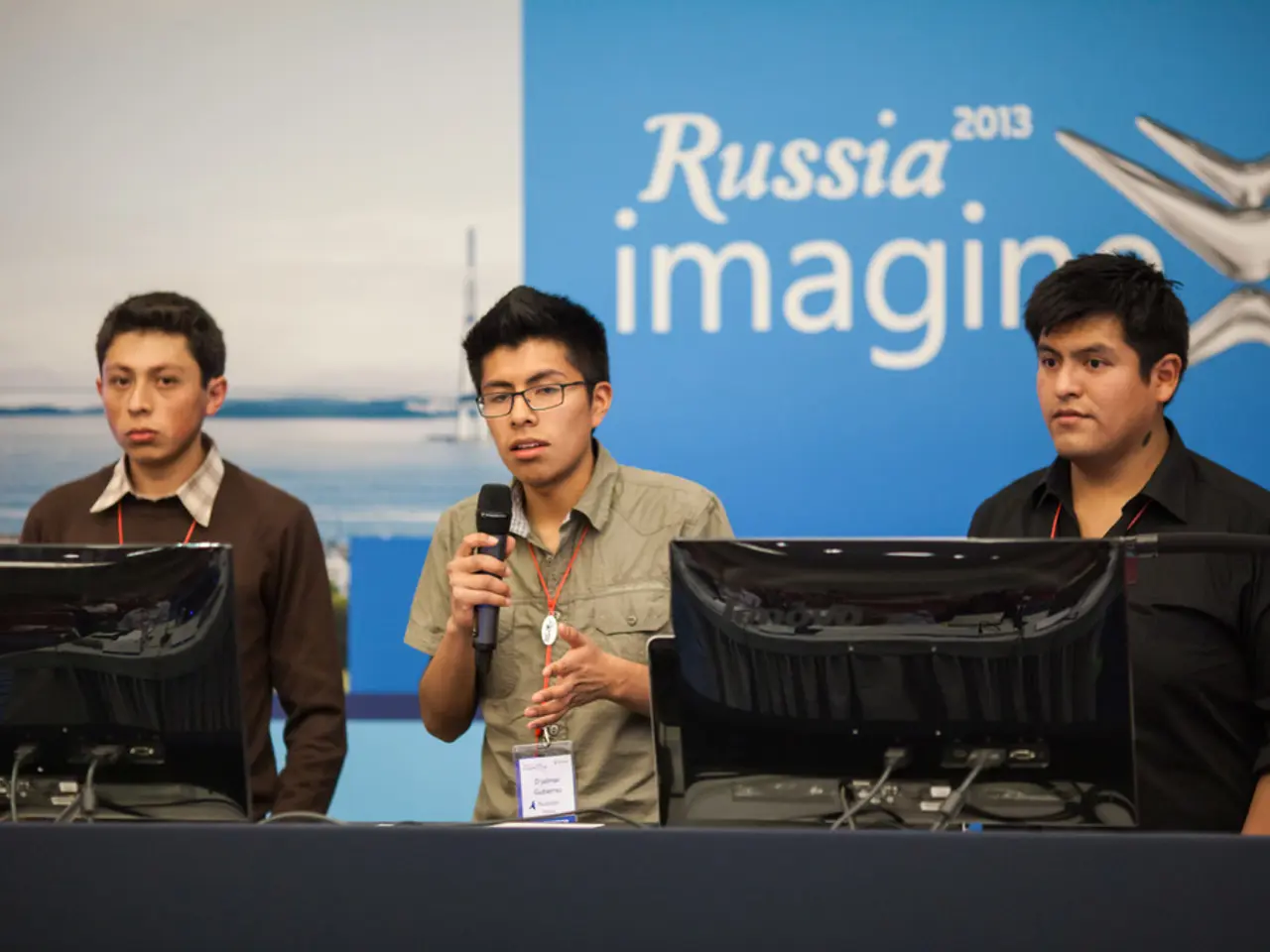Europe Unites on Cybersecurity with Harmonized Standards
Europe is bolstering its cyber security with harmonized standards. These standards simplify market access, reduce burdens, and enhance competitiveness. Key institutions like ENISA and the EU are driving this process.
ENISA, the EU's cyber security agency, is at the forefront. It develops EU-wide certification schemes like EUCC for IT products, EUCS for cloud services, and EU5G for 5G security. These schemes ensure a high security level across member states. The EU also promotes harmonized certification to overcome fragmentation and ensure sector-wide comparability.
The NIS2 Directive plays a crucial role. It sets binding cyber security requirements and governance standards for essential and important entities, ensuring consistent implementation across sectors and countries. National regulatory authorities, such as Germany's BSI and BNetzA, implement these European frameworks and standards at the national level.
These standards are vital for practical cyber security application. They provide legal certainty, protect against cyber attacks and system failures, and form the crucial link between regulation and practice. European regulations like the CRA or the RED provide the legal framework for these standards, further strengthening Europe's cyber security.
Read also:
- Global Content Dissemination Through Cross-Linguistic Voiceovers
- JLR Fights Back After Cyberattack, Secures $7B in Funding, Appoints New CEO
- A2C Teams Up with Privacy4Cars to Strengthen FTC Compliance for Auto Dealers
- Mandated automobile safety technologies in the EU may be deemed "irrational," "erratic," and potentially dangerous, experts caution.







